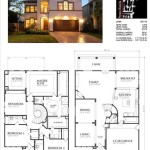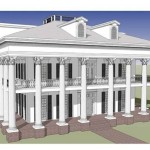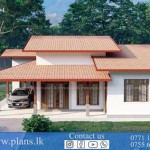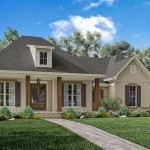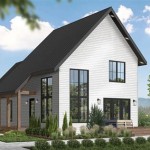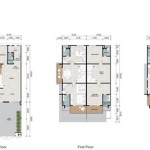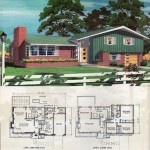Essential Aspects of Tiny House Big Living Floor Plans
Tiny houses have become increasingly popular in recent years, offering a sustainable and affordable alternative to traditional housing. While their compact size may seem restrictive, well-designed floor plans can create a surprisingly spacious and comfortable living environment.
When planning a tiny house, there are several key aspects to consider:
1. Vertical Space Utilization
Tiny houses have limited floor space, so maximizing vertical space is crucial. Loft areas, built-in storage, and raised platforms can create additional living space without sacrificing floor space. Consider using vertical storage solutions such as shelves, cabinets, and drawers to optimize storage efficiency.
2. Multi-Functional Spaces
In a tiny house, every square foot must be used efficiently. Multi-functional spaces can serve multiple purposes, such as a living room that doubles as a guest room or a kitchen that incorporates a dining area. By incorporating transformative furniture and flexible layouts, you can create a space that adapts to your changing needs.
3. Smart Storage Solutions
Storage is essential in a tiny house, but it must be carefully planned to avoid clutter and wasted space. Consider built-in storage options, such as under-bed drawers, overhead cabinets, and vertical wall units. Sliding doors and drawers make accessing items easier in tight spaces.
4. Natural Light and Ventilation
Natural light can make a tiny house feel more spacious and inviting. Large windows, skylights, and solar tubes bring in natural light and reduce the need for artificial lighting. Proper ventilation is also important to maintain a healthy indoor environment. Cross-ventilation and exhaust fans help circulate air and reduce moisture.
5. Open Concept Design
An open concept design can create a more spacious feeling in a tiny house. By eliminating walls and partitions, the space feels more expansive and connected. This can be achieved by incorporating sliding doors, room dividers, or furniture arrangements that define different areas without creating physical barriers.
6. Flow and Accessibility
The flow and accessibility of a tiny house floor plan are essential for daily living. Consider the placement of windows, doors, and furniture to ensure that you can move around comfortably and access all areas of the house. Wide aisles and clear walkways are important, especially in smaller spaces.
7. Outdoor Living
Even in a tiny house, it's essential to incorporate outdoor living space. A small deck, balcony, or patio can provide a place to relax, entertain, or simply enjoy the outdoors. Consider the orientation of your house to maximize natural light and create a comfortable outdoor space.
By carefully considering these aspects, you can create a tiny house floor plan that maximizes space, functionality, and comfort. Remember, the key to successful tiny house living is designing efficiently, utilizing vertical space, and incorporating flexible and multi-functional solutions.

Tiny House Plans For Families The Life Floor Cabin

Tiny House Plans That Are Big On Style Houseplans Blog Com

Tiny House Plans That Are Big On Style Houseplans Blog Com

Tiny House Plans That Are Big On Style Houseplans Blog Com

Tiny House Plans That Are Big On Style Houseplans Blog Com

Mitchcraft Tiny Homes 20ft House Floor Plans Loft

Tiny House Plans That Are Big On Style Houseplans Blog Com

Tiny House Floor Plans Small

Small Home With A Big Garage Floor Plan

Tiny Home Plans With Big Curb Appeal Blog Eplans Com

